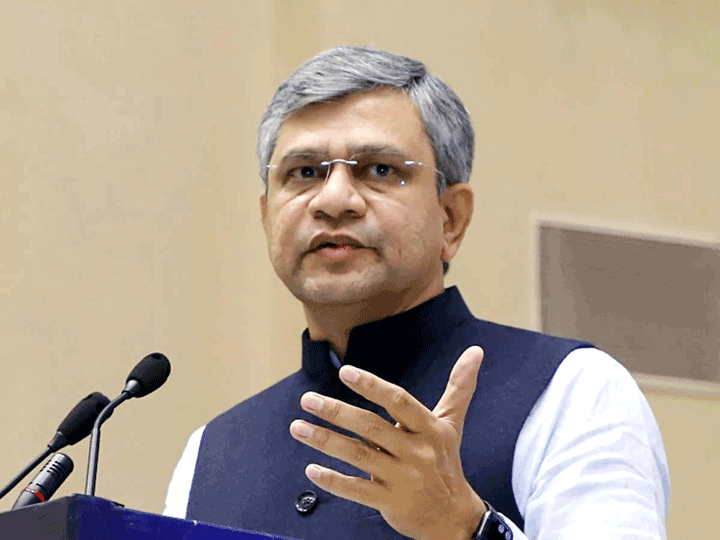Hike vs WhatsApp: How the desi messaging app stacks up
For Hike to win, WhatsApp doesn’t have to lose, Hike founder and chief executive Kavin Bharti Mittal has told LiveMint.
On Tuesday, Hike Messenger raised $175 million in a new round of funding at a valuation of $1.4 billion from investors, including Chinese internet giant Tencent Holdings and Taiwan’s Foxconn Technology Group.
While Hike has reason to celebrate, with $250 million raised so far, it still has to contend with the global messaging-behemoth, Facebook-owned WhatsApp.
How is it different from WhatsApp
Launched in December 2012, Hike Messenger currently has 100 million users.
Whereas WhatsApp has been a global phenomenon, 90 per cent of Hike Messenger users are Indians.
The key difference lies in the fact that Hike’s offering has been designed with an emphasis on local needs and sensibilities.
The app debuted privacy features before competitors caught on to the demand for such facilities. For instance, users can hide last-viewed times and status updates, or chat in “hidden mode”.
“Ours is a messaging app born for India’s young internet generation, whose need for privacy is even more because in many families, a single device is shared between members,” Kavin explained.
Available in seven languages, the messaging app also provides stickers in 40 languages. “India is a sight-and-sound market,” Kavin said, adding, “It is a country with dozens of languages where keyboard standardisation is not possible; so, audio and video rule.”
How does Hike compete
Kavin doesn’t see Hike’s competition with WhatsApp as a zero-sum game. Speaking to Mint, he said, “Now, data shows us that we sit side by side with WhatsApp. People use Hike as much, they do different things with different people in different apps. The kind of stuff you can do on Hike, you cannot do on WhatsApp. We have large amount of people using Hike alone, but an even larger amount people using both Hike and WhatsApp.”
As reported earlier, Hike users exchange 40 billion messages per month and spend 120 minutes per week on the app. The figures for WhatsApp of course dwarf Hike’s so far. According to statista.com, WhatsApp handles more than 600 million photo and 64 billion overall messages every day. As of earlier this year, the global messaging app also has 1 billion monthly active users. However, Hike’s focus seems to lie on engagement per user. “Our engagements puts us at No 2 in the market. If you see engagement per user, we are by far No 2 after WhatsApp,” Kavin told Mint.
However, there is a long way ahead for Hike. According to a study conducted by Jana, a start-up that offers users in developing countries access to free internet data though its mCent app, WhatsApp still rules the roost in India.
According to the study, titled India: A growth opportunity for app developers, 97 per cent of smartphone users in India use a communication app daily with WhatsApp being installed on 96 per cent of the devices. Additionally, WhatsApp has more daily active users than any other communication app in the country.
The study, based on a sampling of Jana’s mCent app users in December 2015, shows that WhatsApp is installed on 1.7 times more devices than Facebook Messenger and 2.3 times more devices than Hike.
WeChat of India?
One of the investors in the latest round of funding, Tencent Holdings, also owns the WeChat messaging app which has carved out a niche for itself in China.
As reported earlier, Kavin has said that Hike will lean on Tencent’s experience serving content and games to half a billion WeChat users.
Further, according to Kavin, “India’s internet market resembles China’s more rather than any Western markets.”
However, Kavin is clear that the recent funding round does not mean that there will be any synergies with WeChat, which was launched in India in 2013 but failed to carve a sizeable use-base for itself in the country.
“There are no synergies between WeChat and Hike. That is something that didn’t even come up during our discussions with Tencent because we know how complicated this is,” Kavin told Mint.
Lack of synergies aside, WeChat’s model does appear to be Hike’s inspiration for where it wants to go in the future.
According to Tech in Asia, Kavin wants to build a model where a Hike user can use the app for everything from buying apparel and catching discount deals to snacking on a burger at McDonalds.
“Hike’s coupon service proposes a deal at Zara, the user goes to the store, and uses Hike payments to buy some jeans. Then he pops into McDonalds, and uses Hike to get a discount on a burger. On his way out of the mall, he gets pinged by Zara again — this time with his receipt and an invite to follow Zara’s channel on Hike,” the report said while describing what Hike wants to achieve.
“That’s the world that I want to build,” Kavin told Tech in Asia. “You can’t do that today. Given ten different apps, you can’t do it. The closest that comes to it is WeChat,” he added.
Of course, Hike is years away from realising Kavin’s dream.











